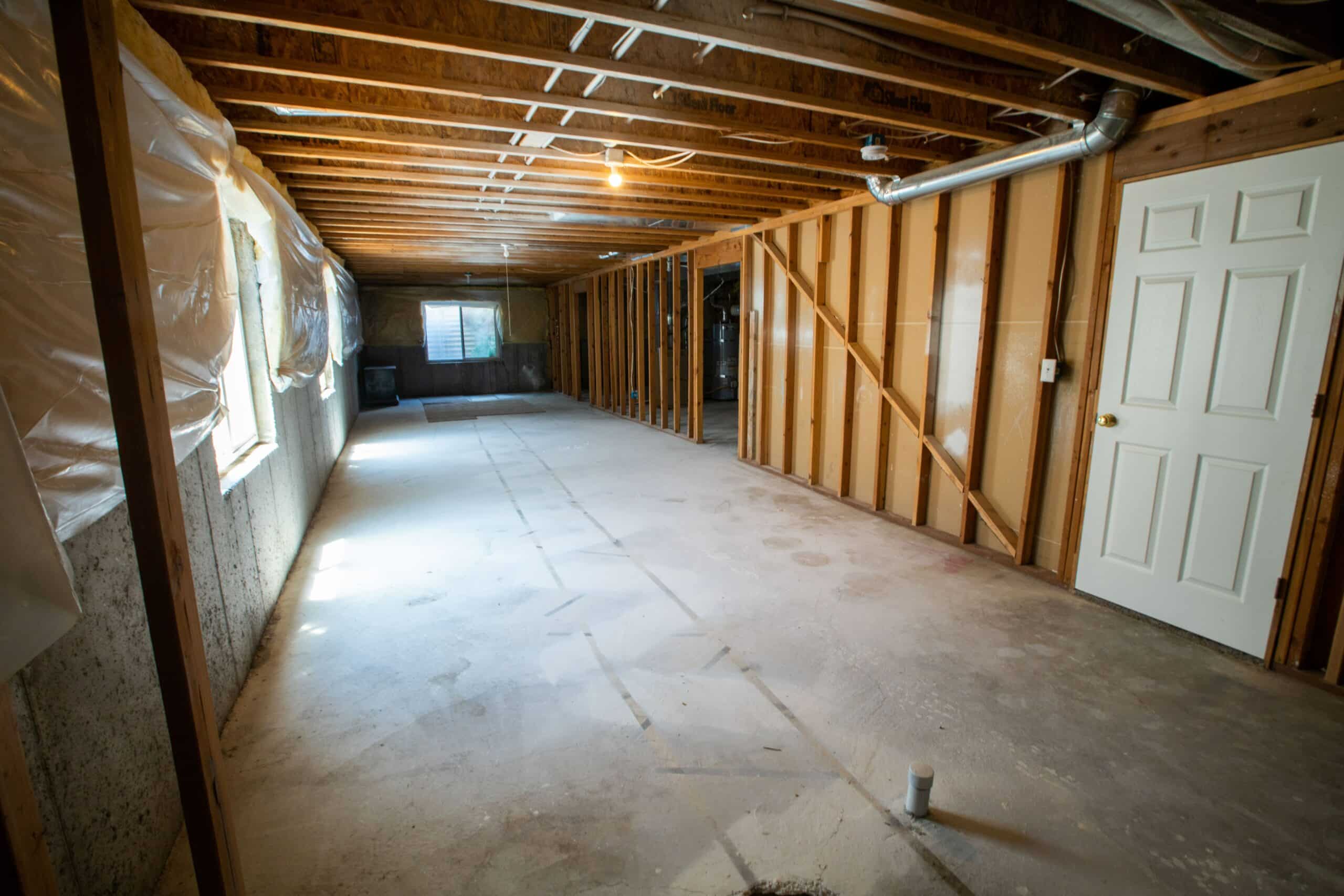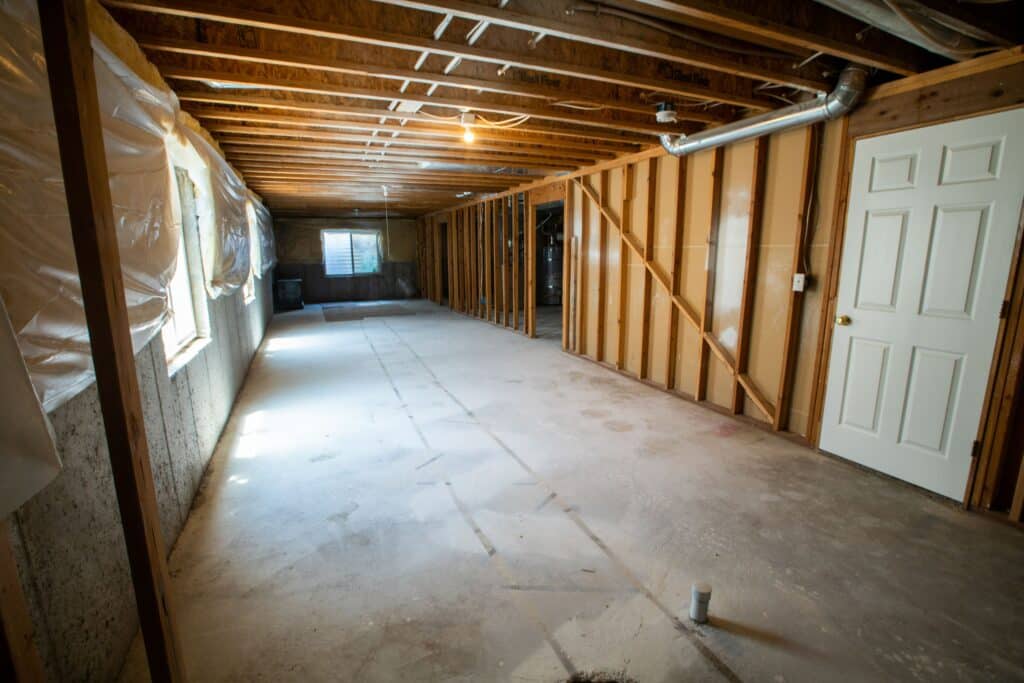Radon is a naturally occurring radioactive gas that can be found in soil, rock, and water. It is a colorless and odorless gas that can easily enter a home through cracks and openings in the foundation. Exposure to high levels of radon can be dangerous and can lead to lung cancer, which is why it is important to have a radon inspection.
A radon inspection involves measuring the levels of radon in a home or building. It is a simple and affordable process that can provide important information about the air quality in a home. If high levels of radon are detected, steps can be taken to reduce the levels and protect the health of those living in the home.
While radon can be found in any home, some regions are more prone to high levels of radon than others. It is important to have a radon inspection regardless of where you live to ensure the safety of your home and family. In this article, we will explore the importance of a radon inspection and why it is essential for every homeowner to consider.
What is Radon?
Radon is a naturally occurring radioactive gas that can be found in any home, new or old. This toxic gas comes from decomposed uranium in the soil, and since it always moves from the ground into the air above, it often leaks into houses through cracks in the foundation.
Radon is an odorless, invisible, and radioactive gas that can cause lung cancer. You can’t see or smell radon, and testing is the only way to know your level of exposure. Over time, breathing in high levels of radon can cause lung cancer.
Radon can easily enter your home because it is a gas. It can enter through cracks or holes in your foundation, cavities inside walls, pipes, and concrete or rock materials. This makes it that much more troubling. Radon can have a big impact on your Indoor Air Quality, and all homeowners should take this important safety measure, as radon exposure can have deadly consequences.
Health Risks Associated with Radon Exposure
Radon is a naturally occurring radioactive gas that is colorless and odorless. It can seep into homes and buildings through cracks in the foundation, walls, and floors. When inhaled, radon can damage the cells that line the lungs, leading to lung cancer.
According to the US Environmental Protection Agency (EPA), radon is the second leading cause of lung cancer after smoking. It is estimated that radon causes about 21,000 lung cancer deaths in the United States each year. The risk of lung cancer from radon exposure increases with the level of exposure and the duration of exposure.
People who smoke and are exposed to radon have a higher risk of developing lung cancer than non-smokers who are exposed to the same level of radon. In fact, the risk of lung cancer from radon exposure is 10 times higher for smokers than for non-smokers.
The World Health Organization (WHO) estimates that radon causes between 3% to 14% of all lung cancers in a country, depending on the national average radon level and the smoking prevalence. An increased rate of lung cancer was first seen in uranium miners exposed to very high concentrations of radon.
It is important to have your home or building tested for radon to determine if you and your family or occupants are at risk of exposure. If high levels of radon are detected, steps can be taken to reduce the levels and minimize the risk of lung cancer.
How Radon Enters Homes
Radon is a colorless, odorless, and tasteless radioactive gas that can be found in homes across the United States. It is produced by the natural breakdown of uranium in soil, rock, and water. Radon can seep into homes through cracks in the foundation, walls, floors, and gaps around pipes and cables. It can also enter through well water and building materials.
Radon levels can vary depending on the location, construction, and ventilation of a home. Homes built on soil with high levels of uranium or other radioactive elements are more likely to have elevated levels of radon. Newer homes that are tightly sealed for energy efficiency can also trap radon inside, causing levels to build up over time.
The only way to know if a home has elevated levels of radon is to have it tested. The Environmental Protection Agency (EPA) recommends that all homes be tested for radon, regardless of age, location, or construction. Testing is easy and affordable, and can be done by a qualified professional or with a do-it-yourself kit.
If high levels of radon are detected, there are several ways to reduce them. Radon mitigation systems can be installed to vent radon gas out of the home and prevent it from entering. These systems typically involve sealing cracks and openings in the foundation and installing a fan to draw the gas out and vent it outside. The cost of a radon mitigation system can vary depending on the size and construction of the home, but it is a worthwhile investment to protect the health and safety of the occupants.
The Importance of a Radon Inspection
Radon is an odorless and invisible gas that can seep into your home through cracks, gaps, and other openings in your foundation. Exposure to high levels of radon can increase your risk of developing lung cancer, making it essential to have your home inspected for radon on a regular basis.
Radon inspections are important for several reasons. First, they can help you identify whether your home has high levels of radon. This is important because radon is a leading cause of lung cancer, and exposure to high levels of radon over a long period can increase your risk of developing this deadly disease.
Second, a radon inspection can help you take steps to reduce your exposure to radon. If your home has high levels of radon, you can install a radon mitigation system to reduce the levels of this gas in your home. This can help protect you and your family from the harmful effects of radon exposure.
Finally, a radon inspection can help you sell your home. Many home buyers are concerned about radon levels and may request a radon inspection before making an offer on your home. By having your home inspected for radon before you put it on the market, you can identify any potential issues and take steps to address them before you list your home for sale.
In summary, a radon inspection is an essential step in protecting your health and the health of your family. By identifying and addressing high levels of radon in your home, you can reduce your risk of developing lung cancer and enjoy greater peace of mind knowing that your home is safe and healthy.
When to Schedule a Radon Inspection
Radon is a radioactive gas that is colorless, odorless, and tasteless. It is produced by the natural decay of uranium in soil, rock, and water. Radon can seep into homes and buildings through cracks in the foundation, walls, and floors. Exposure to high levels of radon over a long period of time can increase the risk of lung cancer. Therefore, it is important to schedule a radon inspection to ensure the safety of your home and family.
If you are planning any major structural renovation, such as converting an unfinished basement area into living space, it is especially important to test the area for radon before you begin the renovation. This is because radon levels may increase during the renovation process, and you want to make sure that your family is not exposed to high levels of radon.
Consider performing a radon test if you didn’t do so when you bought your home, particularly if you live in a Level 1 or 2 area. According to the EPA, about one in every fifteen homes in the United States has elevated levels of radon. Therefore, it is important to test your home for radon, even if you don’t live in an area with high levels of radon.
If your test results indicate a radon problem, radon-resistant techniques can be included as part of the renovation. Radon-resistant techniques include sealing cracks and other openings in the foundation, installing a radon mitigation system, and improving ventilation.
It is important to note that radon levels can vary from day to day and from season to season. Therefore, it is recommended that you test your home for radon at least once every two years, even if your previous test results were low. This will ensure that your home remains safe from the harmful effects of radon.

